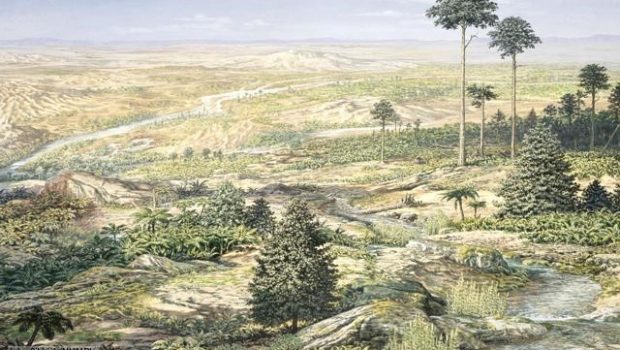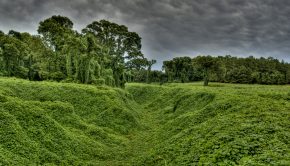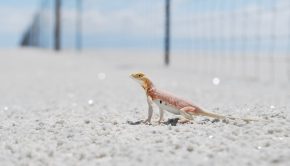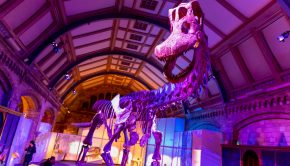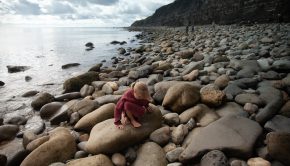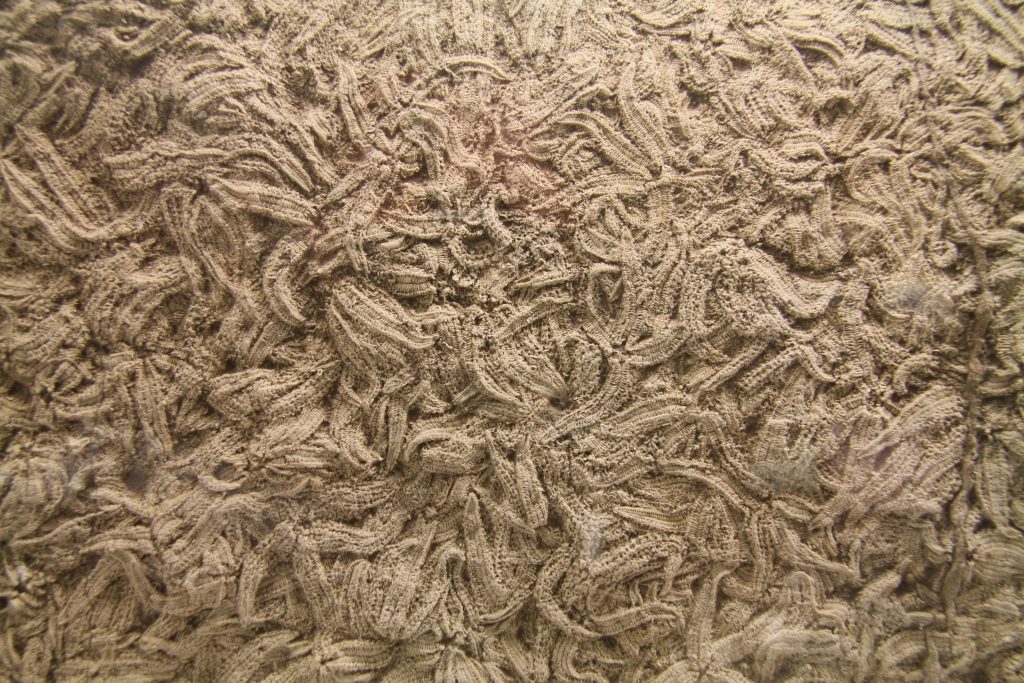A Look at Prosauropods: The Forgotten Dinosaurs

As with most children who are fascinated by dinosaurs, Tyrannosaurus, Triceratops, and Stegosaurus were amongst the first dinosaurs I learnt of. But as I grew older, another group of dinosaurs began to pique my interest, a group that gets little to no attention: the prosauropods. These dinosaurs predated the likes of Brachiosaurus, Diplodocus, and Apatosaurus by 50-75 million years; are less well known; and, to the naked eye, a little bland in appearance. They possessed little to no armour, nor were they very large compared to later species and generally not dissimilar to one another.
When I think of prosauropods, I picture Plateosaurus: a medium-sized dinosaur that ate the leaves of small trees. However, as we see from the list I’ve provided, at least 50% of prosauropods also ate meat, most likely small mammals and eggs. I always find this fact interesting because as they evolved into sauropods, their diet became strictly herbivorous. Whilst the small theropods took their carnivorous path, the teeth of prosauropods became tools for breaking down plant-matter.

During their reign, prosauropods were the largest land animals in existence and therefore at less risk of predation. Carnivores such as Postosuchus, were no larger than 5 meters and would likely only prey on smaller animals. In fact, most of the larger carnivores of the period were thecodonts and relatives of the modern crocodile.
Prosauropods were a member of the Order Saurischia (reptile-hipped dinosaurs, which also included the carnivorous theropods. As the prosauropods grew more substantial, and took their own evolutionary trajectory away from theropods, they eventually adapted a quadrupedal stance and a herbivorous diet, eventually evolving into the sauropods.

Earth during the Late Triassic was much like a modern-day Australia: lush coastlines, with vast interior deserts and little variation in vegetation. Pangea was a vast supercontinent and whilst we see that Mussasaurus lived in Argentina, Melanorosaurus lived in South Africa, and Plateosaurus lived in Central Europe it’s likely they crossed paths from time to time.

It always helps me to picture in my mind where on Pangea each prosauropod lived and when. The following is a list, in alphabetical order, of some prosauropods that lived during the late Triassic/early Jurassic periods, along with some detail such as their size, diet and modern geographic location. And if you’re like me and like to investigate the less common species of dinosaurs, check out the list below and happy hunting!
| Name | Size | Diet | Location | Era |
| Azendohsaurus | 1.8M | Omnivorous | Morocco | Late Triassic 227-221mya |
| Coloradisaurus | 4.0M | Omnivorous | Argentina | Late Triassic 221-210mya |
| Euskelosaurus | 10.0M | Omnivorous | Lesotho, Zimbabwe, South Africa | Late Triassic 227-210mya |
| Jingshanosaurus | 5.0m | Herbivorous | China | Early Jurassic 205-190mya |
| Kotasaurus | 9.0m | Herbivorous | India | Early Jurassic 205-180mya |
| Lufengosaurus | 6.0m | Herbivorous | China | Early Jurassic 200-195mya |
| Massospondylus | 4.0 | Omnivorous | Lesotho, Zimbabwe, South Africa | Early Jurassic 208-204mya |
| Melanorosaurus | 12.0m | Omnivorous | South Africa | Late Triassic 227-221mya |
| Mussaurus | 3.0m | Herbivorous | Argentina | Late Triassic 227-210mya |
| Plateosaurus | 7.0m | Herbivorous | France, Germany, Switzerland | Late Triassic 210-? |
| Riojasaurus | 5.15m | Omnivorous | Argentina | Late Triassic 227-210mya |
| Thecodontosaurus | 2.5m | Omnivorous | England, United Kingdom | Late Triassic 227-205mya |
| Vulcanodon | 6.5m | Herbivorous | Zimbabwe | Early Jurassic 205-202mya |
| Yunnanosaurus | 7.0m | Omnivorous | China | Early Jurassic 205-190mya |

By: Eric G Onkenhout
@EricOnkenhout
Works Cited
“Dinosaurs.” Natural History Museum, Natural History Museum, www.nhm.ac.uk/discover/dinosaurs.html.
“Shrinking Helped Dinosaurs and Birds to Keep Evolving.” ScienceDaily, ScienceDaily, 6 May 2014, www.sciencedaily.com/releases/2014/05/140506190736.htm.
“Triassic Period Videos, News and Facts.” BBC, BBC, www.bbc.co.uk/nature/history_of_the_earth/Triassic.

